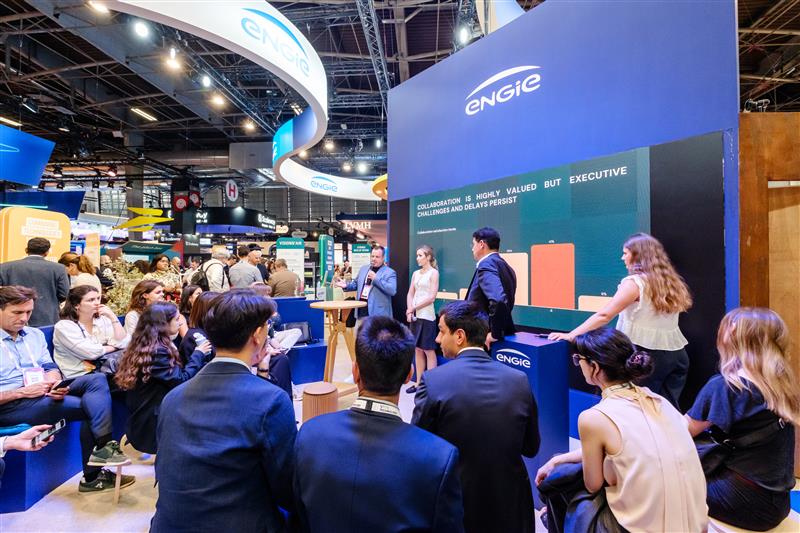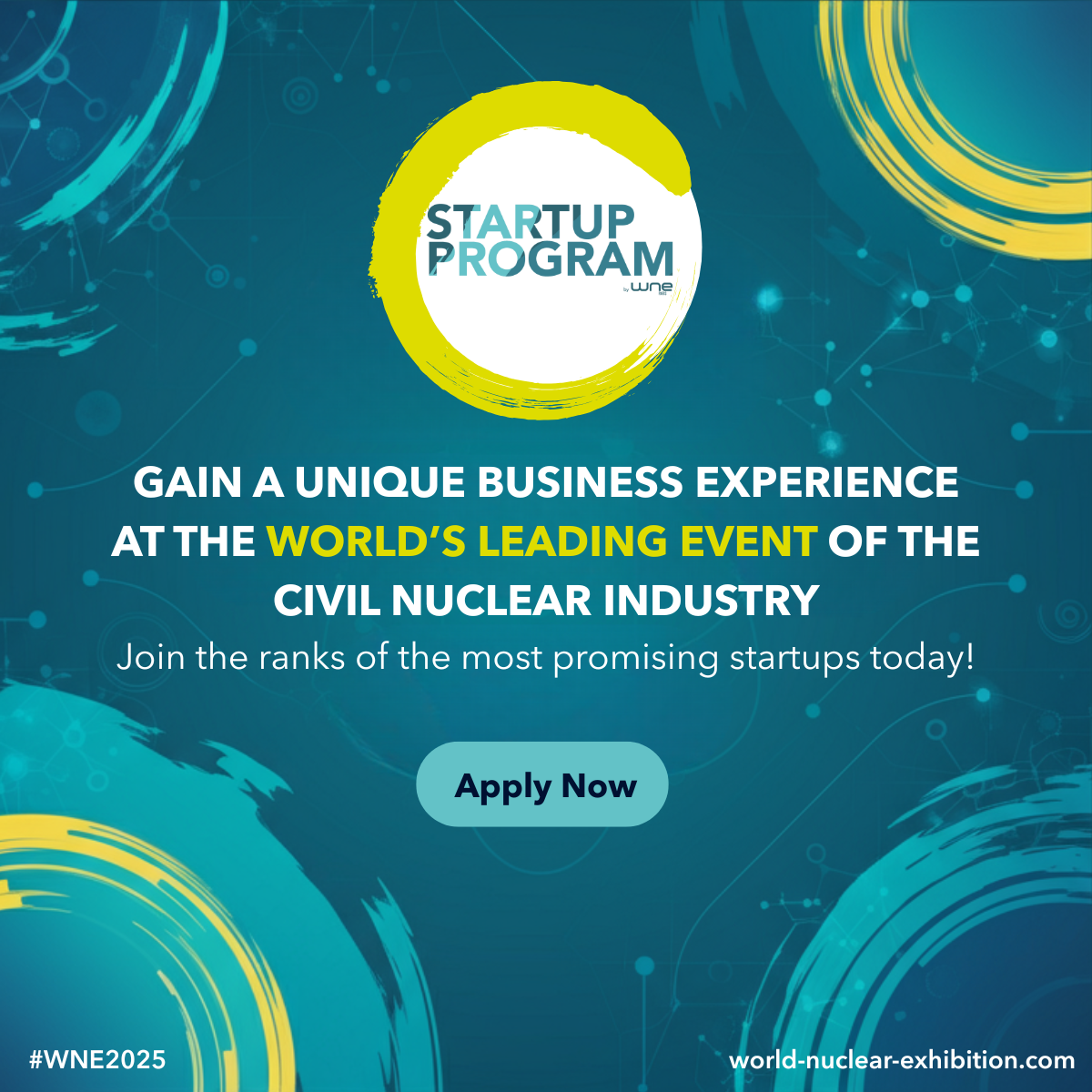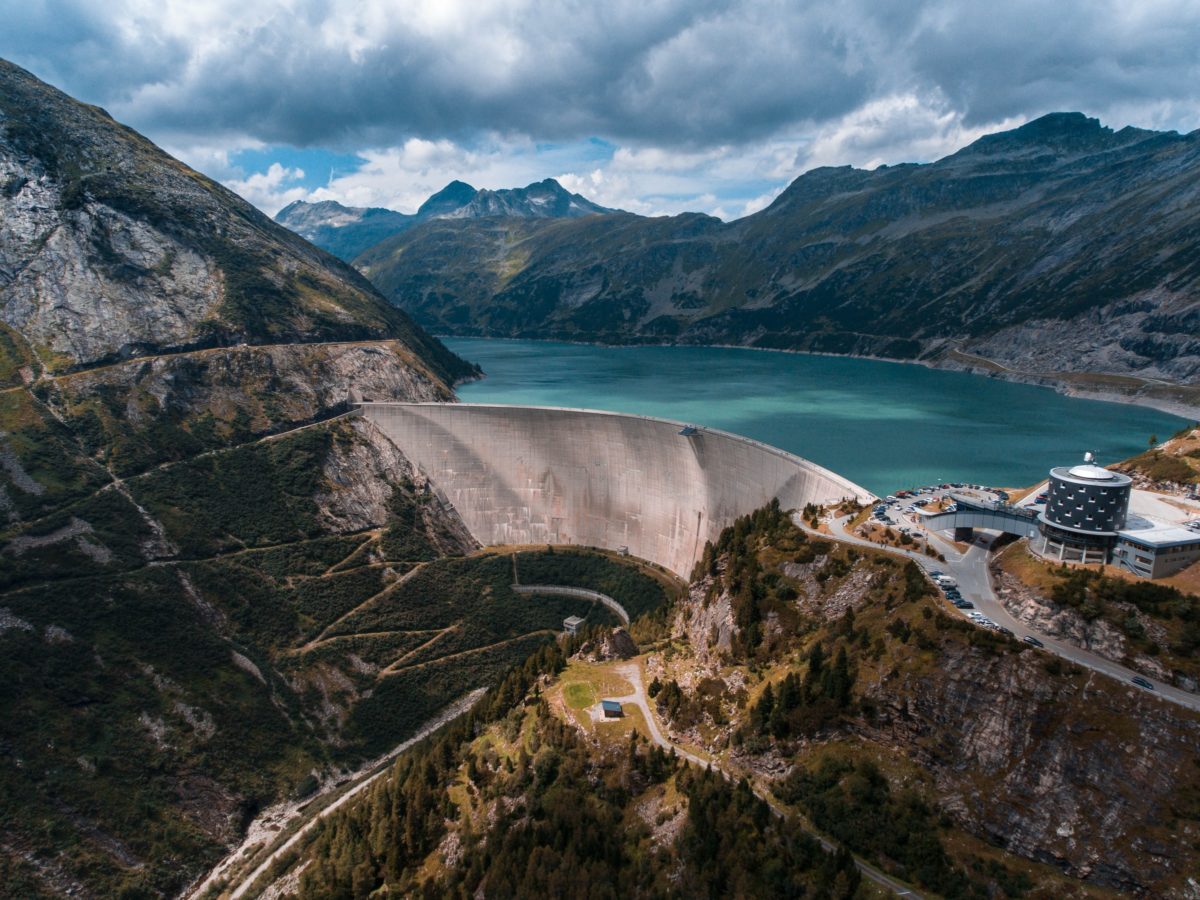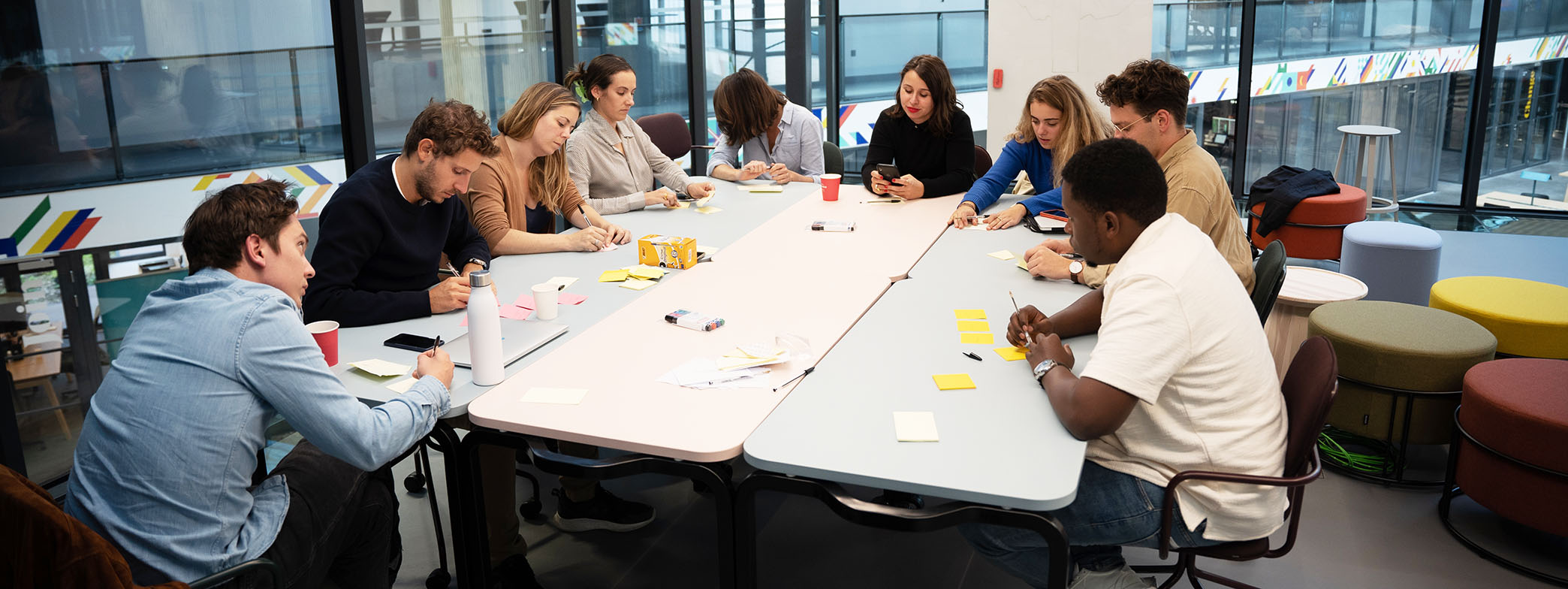The average lifespan of a Corporate Venture Capital (CVC) unit is only four years. This figure illustrates the structural fragility of these entities, especially when macroeconomic conditions deteriorate.
In the current environment — marked by inflation, rising interest rates, and reduced startup funding — a central question emerges:
How are international CVCs adapting to today’s economic downturn?
This question was at the heart of a roundtable we moderated at Viva Technology 2025, featuring leaders from major global CVCs.
The discussion was grounded in our 2025 CVC Barometer, conducted with 25 leading French corporates. Key finding: while 61% of French CVCs report a slowdown, several international players are holding steady.
Roundtable participants included:
Featured Experts:
Galina Sagan, Principal at Hitachi Ventures
Johann Boukhors, Managing Director at ENGIE New Ventures
Adam Bazih, Managing Director at Stellantis Ventures
2 strategies resilient CVCs use to stay active in crisis
Despite macroeconomic pressure, these players reported no significant change in their level of activity. Their continued deployment is supported by two essential levers.
1. Tie investment to strategic collaboration — and stay focused
CVCs that remain active ensure their investments are directly linked to business objectives and operational collaboration. This can take several forms:
- Signing Memorandums of Understanding (MoUs)
- Launching pilot programs with business units
- Engaging dedicated partnership managers
This alignment ensures that investments serve broader strategic goals and facilitates post-investment integration.
⚠️ Watch out: Spreading resources across too many stakeholders or clinging to outdated collaborations can weaken focus.
✅ Tip: Regularly review your CVC portfolio and phase out legacy collaborations that no longer drive value.
2. Secure executive sponsorship — and maintain consistent communication
CVC units are inherently exposed to internal volatility. Leadership changes, shifting priorities, or insufficient visibility within the organization can undermine their long-term stability. One common pitfall is the overemphasis on financial KPIs (e.g. IRR, multiples), which fails to capture the broader strategic contributions of CVC: scouting innovation, building capabilities, accessing new markets.
Sustainable CVCs are those that:
- Establish long-term executive support
- Balance financial KPIs (IRR, multiples) with strategic metrics (innovation access, market insight)
- Maintain consistent communication with internal stakeholders
💡 Insight: This internal alignment is what ultimately protects CVC teams from short-term decisions and organizational reshuffling.










